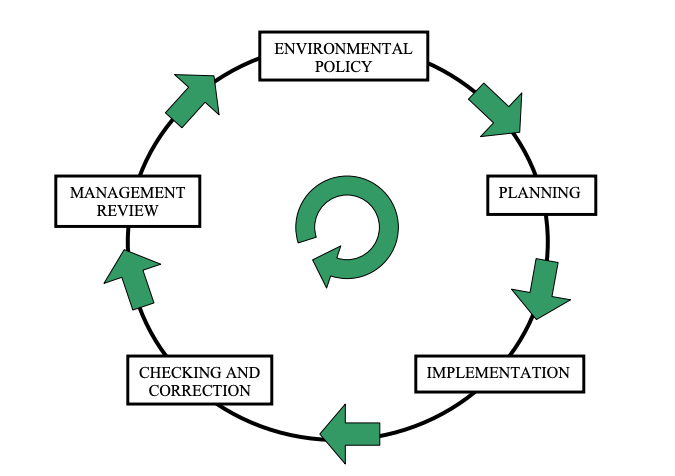In this beginner’s guide, we will talk about the importance of having an EMS, how to integrate one into your business and why you should in the first place.
Why Should You Integrate an EMS Into Your Organisation?
Integrating an environmental management system (EMS) into your business can help you improve environmental performance, conserve resources, and ensure compliance with environmental regulations. Here are five reasons why you should consider integrating an EMS into your organisation:
1. Improve Environmental Performance
An EMS can help you improve your company’s environmental performance by tracking and managing your company’s environmental data. This data can help you identify areas where your company is wasting resources, violating regulations, or polluting the environment.
By improving your environmental performance, you can reduce costs associated with environmental compliance, protect the environment, and create a more sustainable business future.
2. Conserve Resources
An EMS can also help you conserve resources by tracking your company’s inventory and tracking the use of materials and energy. By understanding how your company uses resources, you can reduce waste and save money on costs associated with purchasing materials or energy in future.
3. Ensure Compliance With Regulations
An EMS can also help you ensure compliance with environmental regulations by tracking your company’s progress towards compliance goals. By monitoring your progress regularly, you can ensure that your company is meeting all applicable requirements.
How can an EMS Benefit Your Organization?
Environmental management systems (EMSs) can help organisations improve their environmental performance and achieve compliance with environmental regulations. They can also provide valuable information to managers about where and how resources are being used, which can help them make better decisions. This article provides a beginner’s guide to integrating an EMS into your business.
There are a variety of different types of EMSs available, and it is important to choose the right one for your organisation. Some common features of an EMS include tracking environmental data such as water use, energy consumption, and waste production; providing reports and alerts; and managing permits and compliance. Before deciding to implement an EMS, it is important to analyze your business’s needs and see if an EMS is right for you.
If you are interested in using an EMS in your business, there are a few things you will need to do first. First, you will need to create an account with a provider of EMSs, such as Green Procurement Partners (GPP), which offers a wide range of products and services related to environmental management. Once you have created your account, GPP will provide you with a variety of tools and resources that can help you begin integrating the EMS into your business
What are the Benefits of Implementing an EMS?
There are a number of reasons to implement an environmental management system (EMS). Here are just a few:
1. To improve your environmental performance.
2. To comply with regulatory requirements.
3. To reduce environmental impact.
4. To improve your business’s image.
5. To improve communication and collaboration with other departments in your business.
Key Benefits of Environmental Management Systems
There are a number of key benefits to using an EMS in your business. Some of the most significant advantages include:
Reduce Your Compliance Costs: By integrating an EMS into your business, you can significantly reduce your compliance costs. This is because an EMS provides a single source of information that can be used to manage all aspects of environmental compliance. This includes monitoring, tracking and reporting progress on environmental goals, as well as enforcing compliance with regulations.
Improve Efficiency and Effectiveness: An EMS can improve efficiency and effectiveness by providing a centralized place for all environmental data management. This means that you can avoid duplicating effort and waste time tracking different data sets. Additionally, it can help you better understand your environmental performance and make informed decisions about how to improve it.
Best Practices for Implementing an EMS
As businesses grow and expand, it is increasingly important to take environmental management into account. One way to do this is by implementing an environmental management system (EMS). This guide provides an overview of what EMSs are, how they can benefit your business, and how to create one.
An EMS can help your business reduce waste, conserve energy, and improve air quality. By understanding your specific operation, you can create goals and objectives for your EMS, develop a plan of action, and track progress. Additionally, an EMS can provide you with information on compliance with government regulations and industry best practices.
If you are interested in incorporating an EMS into your business, begin by evaluating your current practices and assessing how an EMS could improve them. Next, develop a concept for the system and create a design that meets your specific needs. Finally, implement the system and monitor its performance over time.























